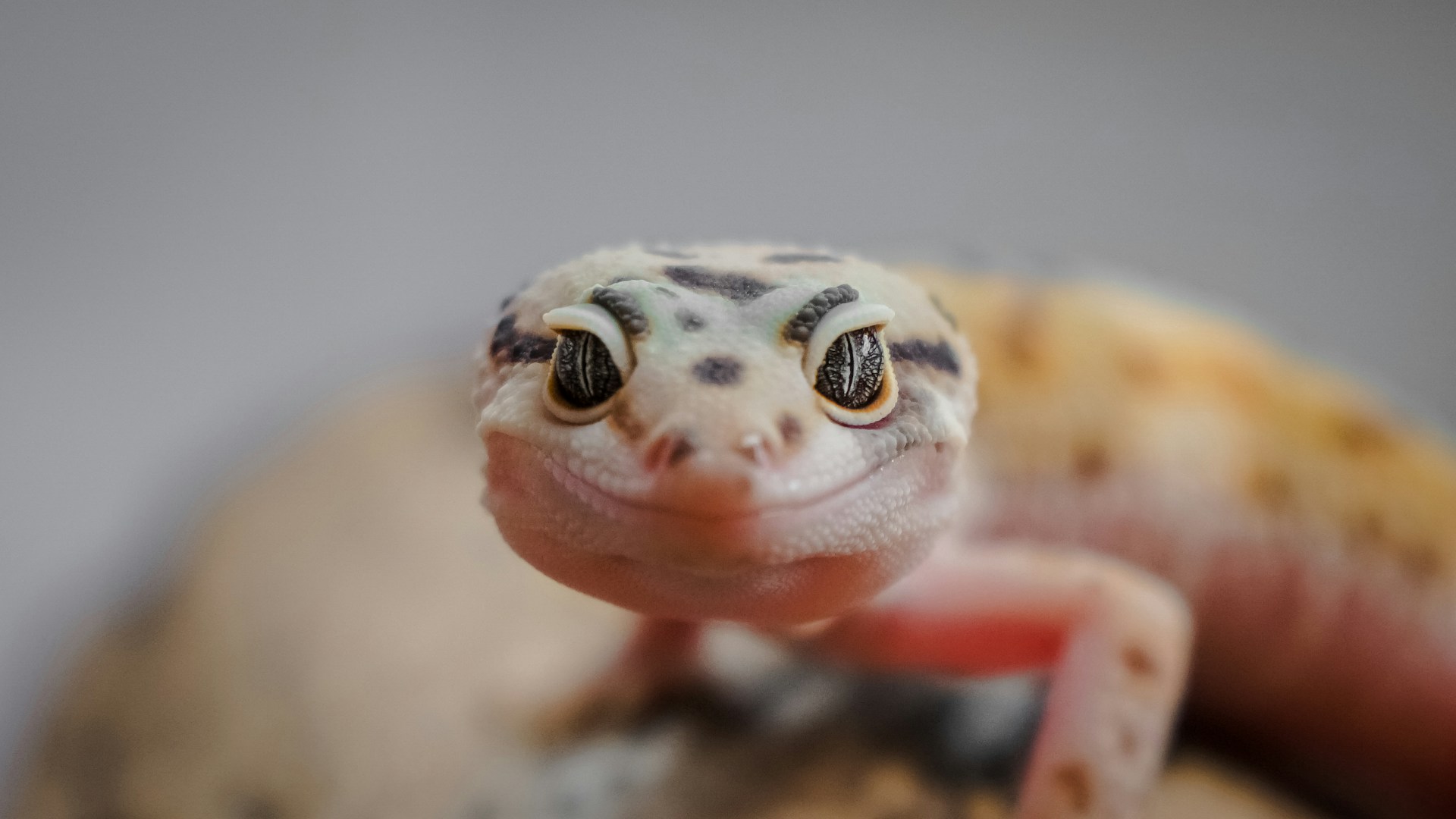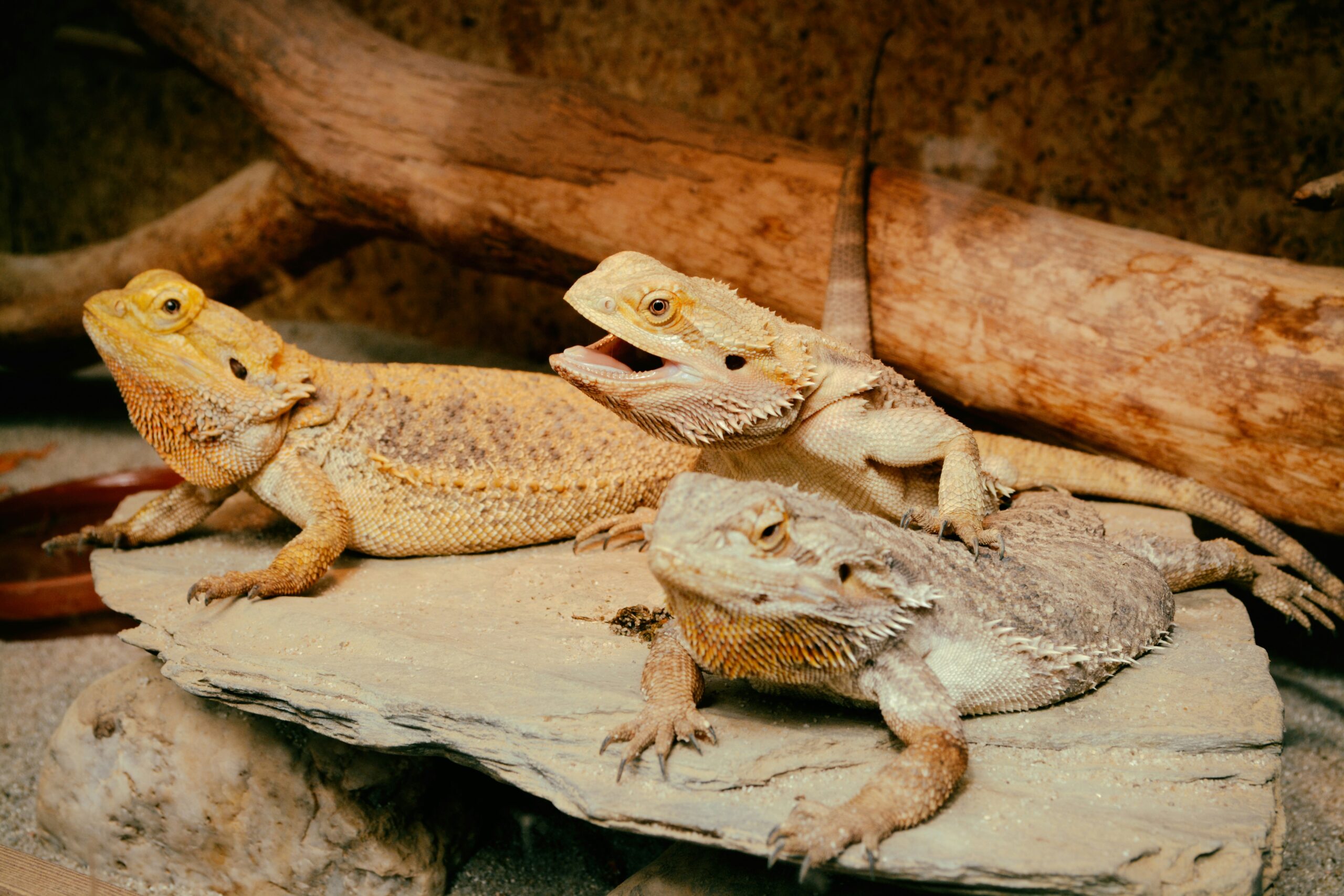Lizards might not wag their tails like dogs or purr like cats, but they definitely display signs that indicate their well-being and happiness. As a reptile owner, understanding these subtle cues is essential for providing proper care.
A happy lizard is typically a healthy one, and recognizing the signals your scaly friend sends can help you create an ideal environment for them to thrive.
Whether you have a bearded dragon, gecko, chameleon, or another species, there are universal indicators that can tell you if your lizard is content with its living conditions and care routine.
This article will guide you through the various signs that suggest your lizard is happy and healthy, helping you become more attuned to their needs and behaviors.
Alert and Active Behavior
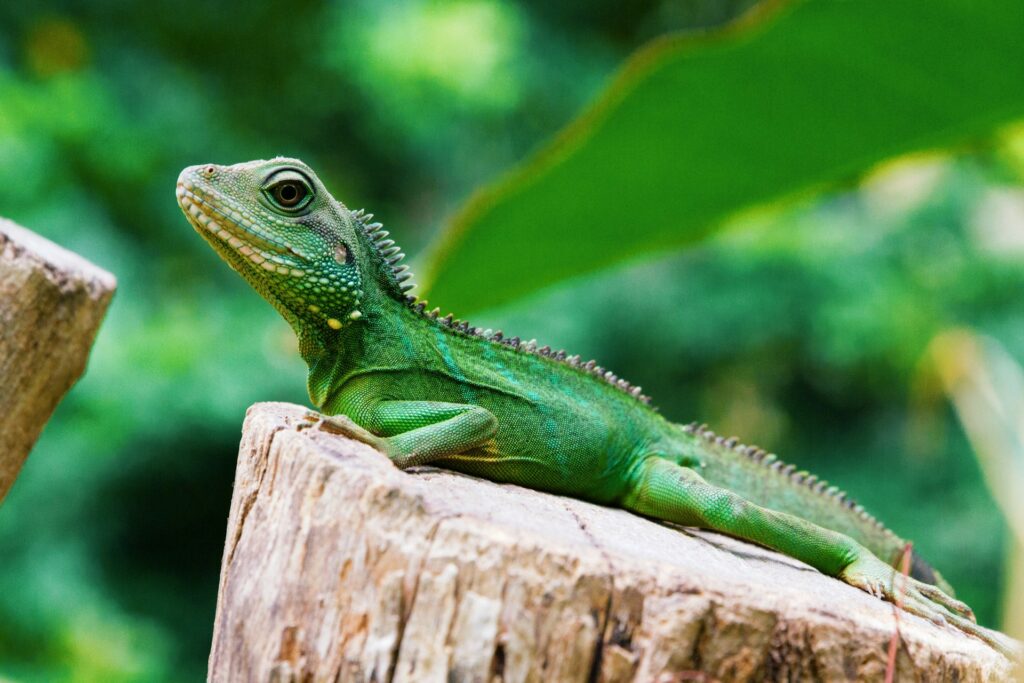
A happy lizard typically displays alert and active behavior during their natural waking hours. You’ll notice them exploring their enclosure, climbing on branches, basking in their heat lamp, or actively hunting for food when it’s offered.
Different species have varying activity levels, but all healthy lizards should show some interest in their surroundings rather than remaining stationary for extended periods.
For nocturnal species like leopard geckos, this activity will naturally occur during evening hours, while diurnal lizards like bearded dragons will be most active during daylight.
If your lizard perks up when you approach the enclosure or shows curiosity about changes to their habitat, these are positive signs of engagement that suggest contentment.
Healthy Appetite
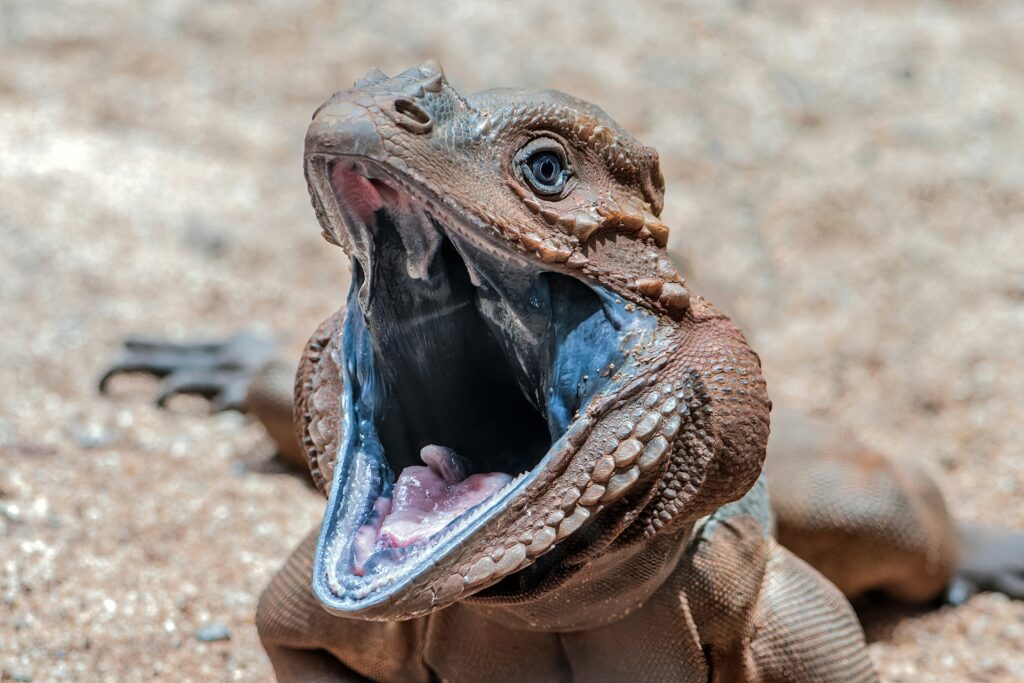
One of the most reliable indicators of a happy lizard is a consistent and healthy appetite. A content reptile will typically show enthusiasm during feeding time and consume an appropriate amount of food for their species, size, and age.
Most lizards will eagerly chase after live prey items like crickets or mealworms, showing their natural hunting instincts.
Some herbivorous or omnivorous species should regularly consume their vegetable offerings with similar enthusiasm.
It’s important to note that appetite can vary seasonally for many lizards, particularly during breeding season or brumation periods.
However, a sudden or prolonged decrease in appetite without these natural explanations could indicate stress or health problems that need attention.
Clear, Bright Eyes
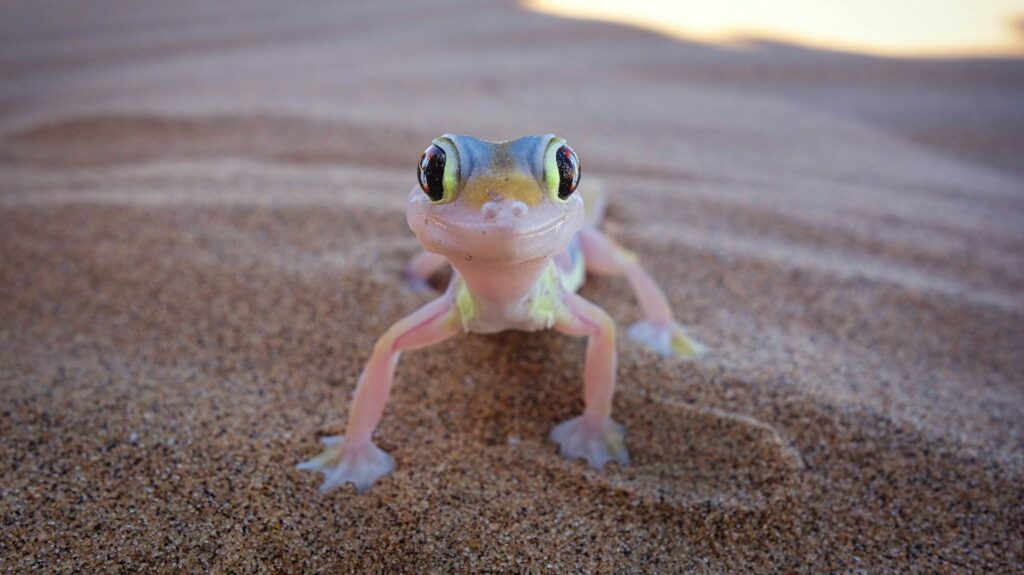
The eyes of a healthy lizard should be clear, bright, and alert, without any discharge, swelling, or cloudiness. Many owners describe their happy lizard’s eyes as appearing attentive and responsive to movement in their environment.
When a lizard is content, their eyes will typically be fully open during waking hours (with the exception of species that naturally have partially closed eyes).
You should be concerned if you notice your lizard’s eyes appearing sunken, which can indicate dehydration, or if there’s excessive shedding around the eye area that doesn’t clear up on its own.
Regular shedding around the eyes is normal, but incomplete sheds that build up can cause issues and discomfort for your reptile companion.
Proper Shedding
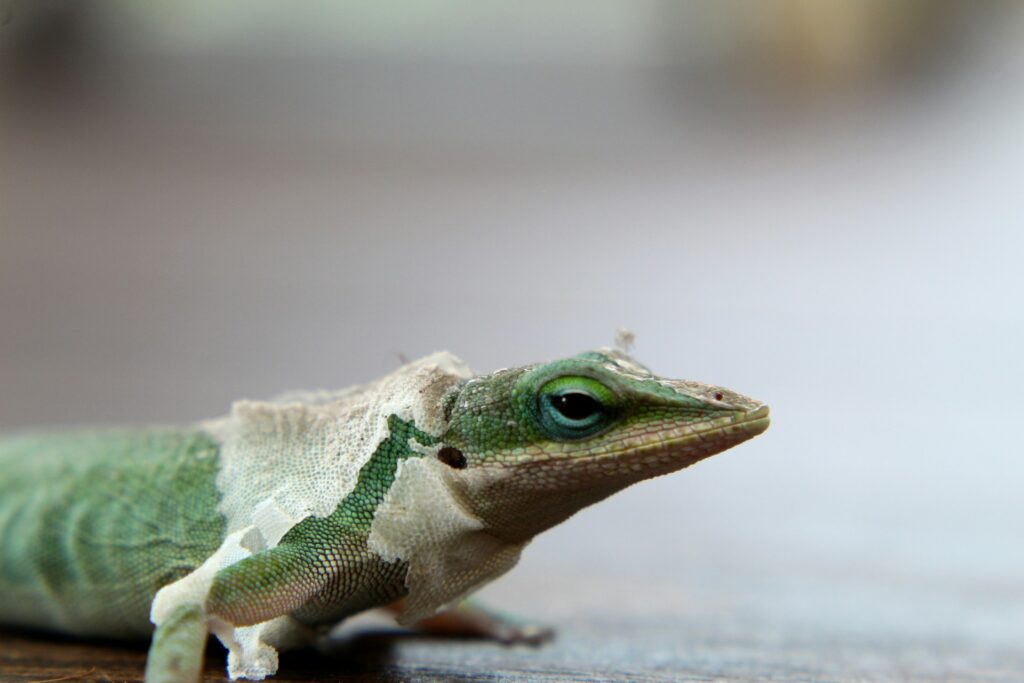
A happy, healthy lizard will shed their skin regularly and completely as they grow. The shedding process should happen in one piece or in a few large sections, depending on the species.
During this time, your lizard might become slightly less active or have a temporarily reduced appetite, but the actual shedding should proceed without major complications.
Problems with shedding, such as retained skin (especially on toes, tail tips, or around the eyes), can indicate improper humidity levels or underlying health concerns.
Most lizards will naturally rub against objects in their enclosure to help remove old skin, and providing appropriate rough surfaces or shedding aids can help facilitate this process.
A clean, complete shed is a good sign that your lizard’s environmental conditions are appropriate and they’re in good overall health.
Vibrant Coloration

Happy lizards typically display vibrant, species-appropriate coloration that reflects their good health and proper husbandry.
While colors naturally vary between species, individuals, and even with age, stress and illness often cause lizards to display duller or darker colorations than usual.
For species like chameleons that can rapidly change color, persistent dark or dull colors may indicate distress.
Many lizards, such as bearded dragons, will display brighter colors when they’re content and receiving proper lighting, nutrition, and environmental conditions.
It’s important to become familiar with your specific lizard’s normal coloration patterns so you can recognize changes that might indicate stress or illness.
After a successful shed, colors should appear particularly vibrant, which is always a positive sign.
Appropriate Weight and Body Condition
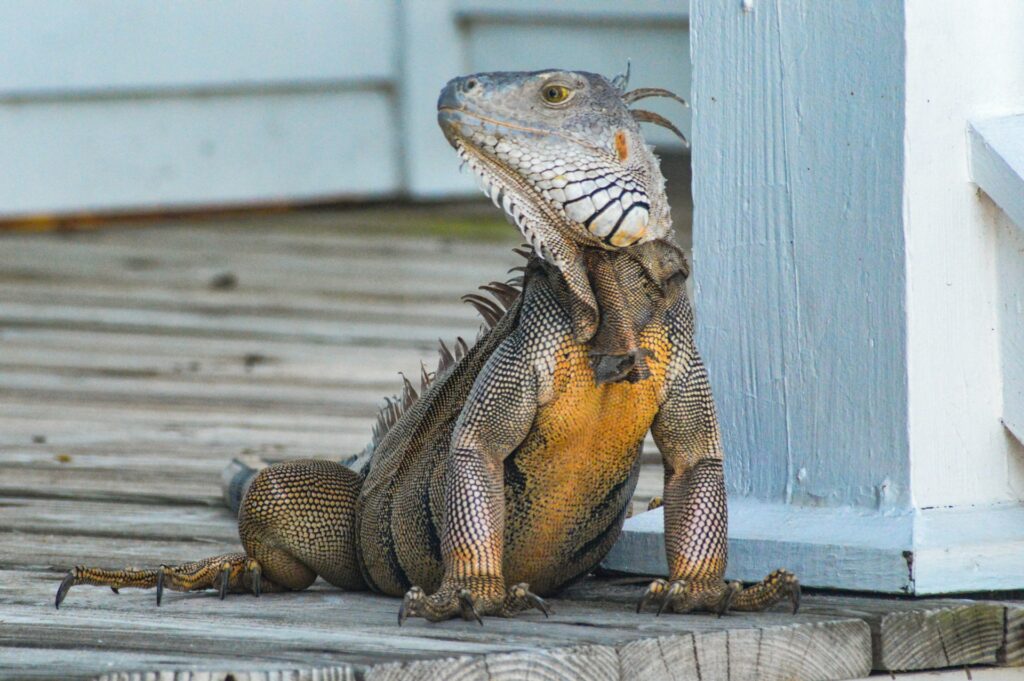
A happy lizard maintains an appropriate weight and body condition for its species, appearing neither too thin nor overweight.
A healthy reptile should have a well-rounded body with no visible spine or hip bones, but without excessive fat deposits that obscure natural body contours. The tail base should be proportional to the body, as many lizard species store fat in their tails.
You can often assess body condition by observing from above—most lizards should have a slight hourglass shape rather than appearing perfectly straight or bulging at the sides.
Regular weighing can help track your lizard’s condition over time, with gradual growth expected in juveniles and a relatively stable weight in adults. Dramatic weight changes in either direction warrant closer attention and possibly veterinary consultation.
Proper Posture and Movement
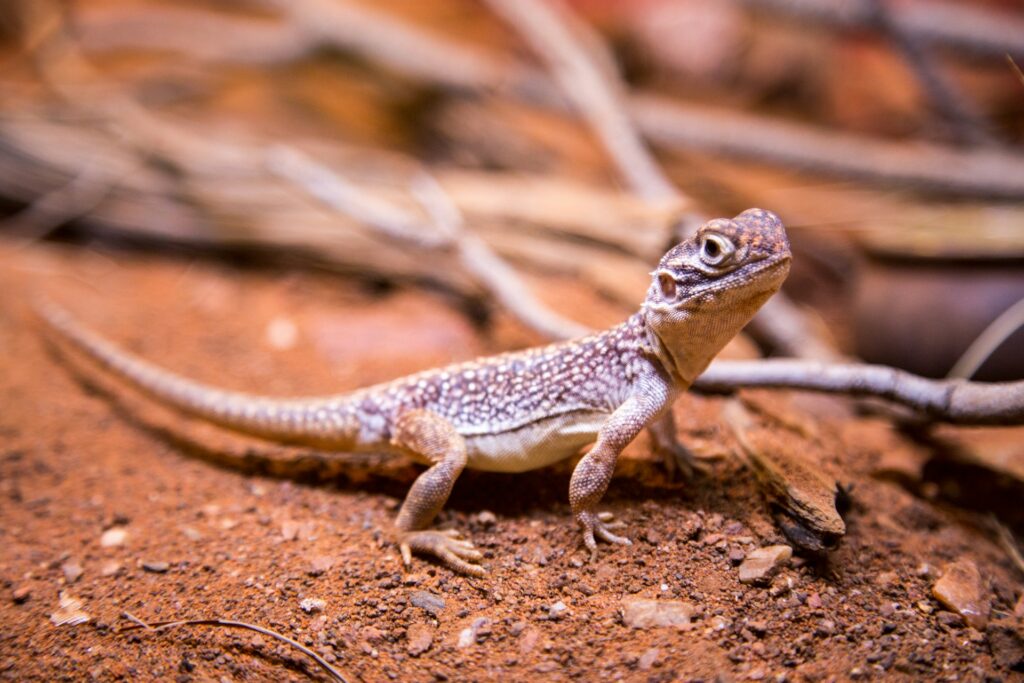
Content lizards display natural, species-appropriate posture and fluid movement patterns. A happy lizard will stand with its limbs fully supporting its body, holding its head up attentively rather than resting it on the ground (unless they’re sleeping or extremely relaxed).
When moving, their gait should be steady and coordinated, without dragging limbs or showing difficulty climbing their regular enclosure features.
Climbing species should be able to grip surfaces securely, while terrestrial species should walk with their belly lifted off the ground.
Some behaviors, like arm-waving in bearded dragons, are normal social signals rather than signs of distress.
It’s concerning if your lizard appears unable to support itself properly or shows trembling, twitching, or other irregular movements not associated with their natural behavior patterns.
Regular Basking Behavior
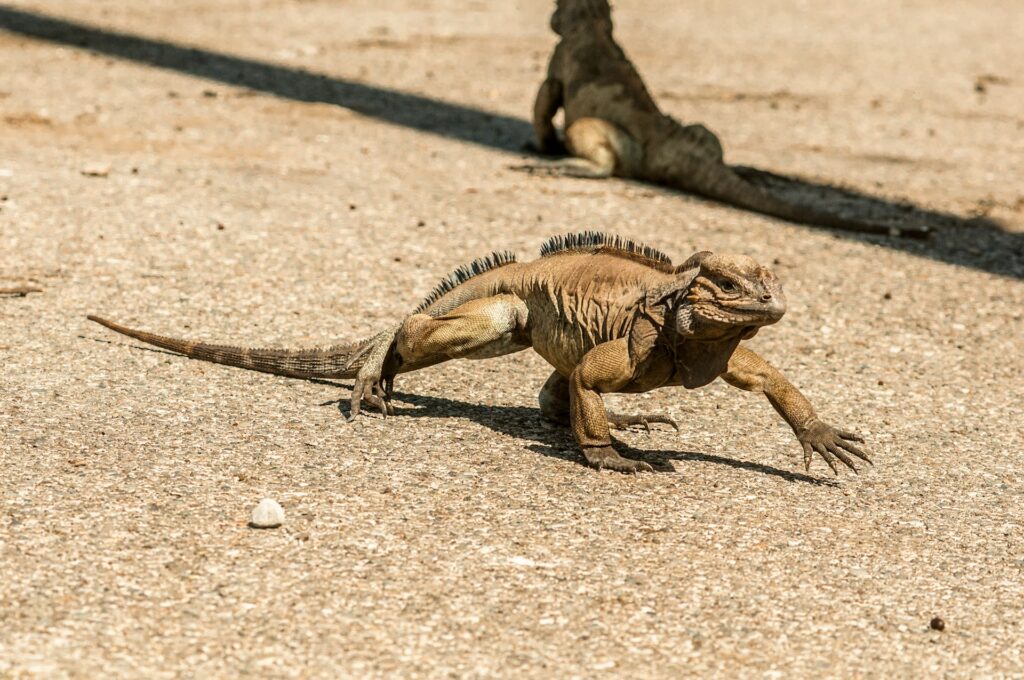
Most reptiles require exposure to appropriate temperature gradients to regulate their body functions, and happy lizards will exhibit natural basking behaviors.
You’ll observe your lizard deliberately positioning itself under heat lamps or on warm surfaces during parts of the day, then moving to cooler areas when they need to lower their body temperature.
This thermoregulation behavior indicates your lizard is actively managing its physiological needs and has the proper environmental setup to do so.
Different species have specific temperature requirements, so research your particular lizard’s needs carefully.
If your lizard avoids the basking area or spends excessive time there without moving, it could indicate improper temperature settings or health issues requiring adjustment or veterinary attention.
Calm Response to Handling
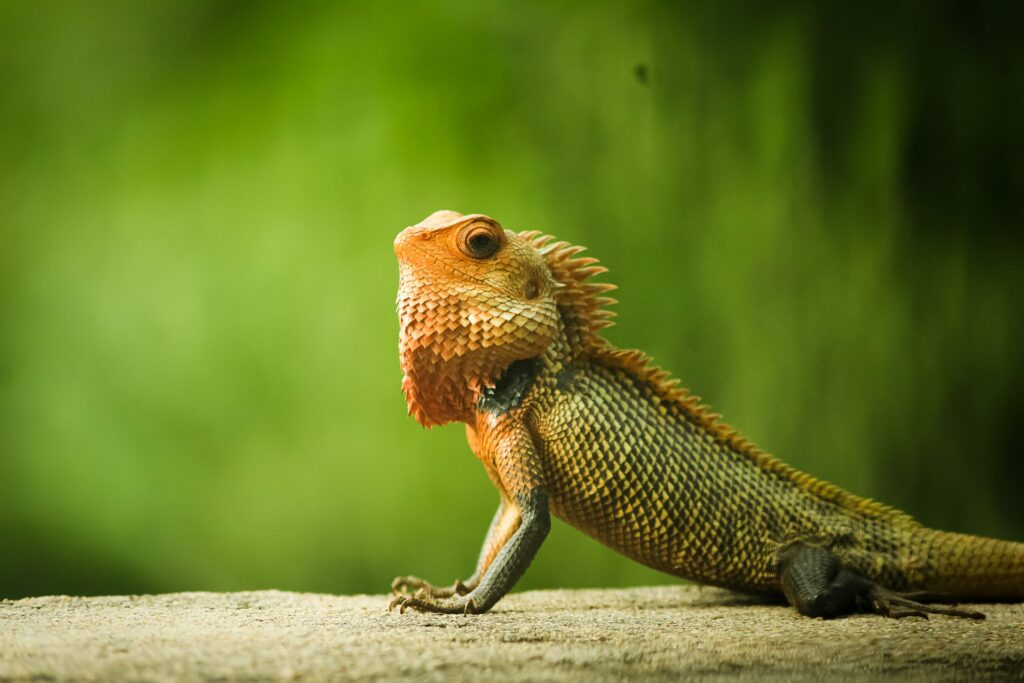
While tolerance for handling varies greatly between lizard species, a happy, well-adjusted pet will generally show a relatively calm response to appropriate handling techniques.
Some species, like bearded dragons, often become quite comfortable with regular, gentle handling, while others, like chameleons, typically prefer minimal contact.
Even with less social species, a content lizard won’t show extreme stress responses like gaping, hissing, tail whipping, or attempting to flee frantically when approached carefully.
It’s important to respect your specific lizard’s natural temperament and never force handling on a stressed animal.
With consistent, species-appropriate interaction, many lizards will become more tolerant over time, showing that they feel secure in your presence even if they don’t actively seek interaction.
Normal Waste Production
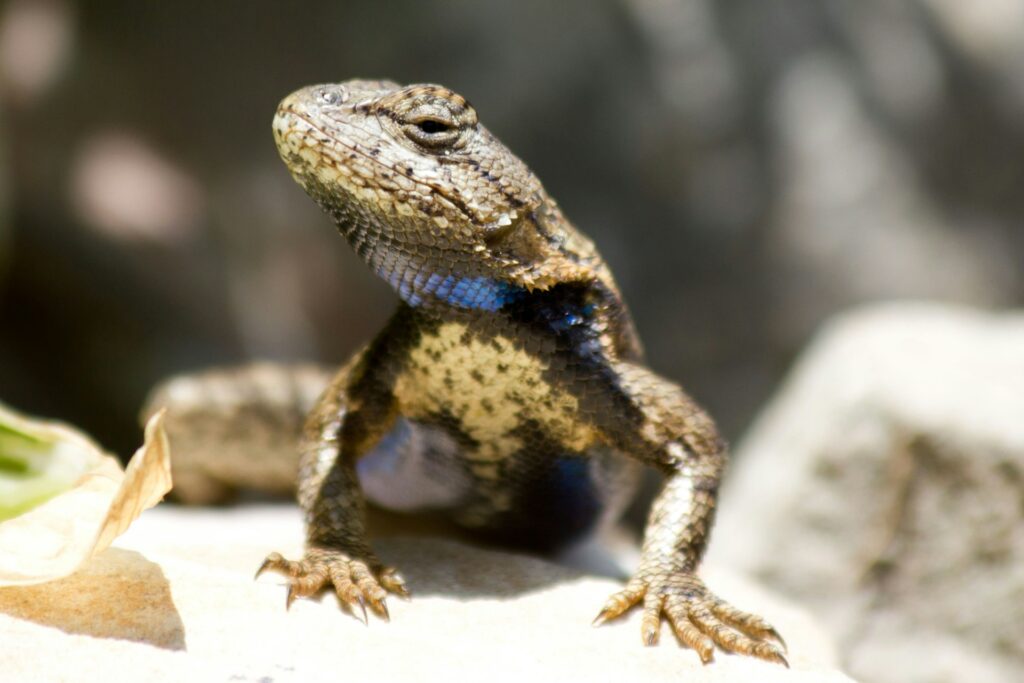
A happy, healthy lizard will produce regular, well-formed waste that’s appropriate for their species and diet. The frequency of defecation varies by species, size, age, and food intake, but there should be a relatively consistent pattern.
Fecal matter should be well-formed and brown or dark in color, often with a white or cream-colored urate portion (the solid urine component).
Monitoring your lizard’s waste can provide valuable insights into their digestive health and hydration status.
Changes in consistency, color, frequency, or the presence of undigested food particles might indicate dietary issues, parasites, or other health concerns.
Particularly watery stools or very small, hard urates might suggest dehydration or improper humidity levels in the enclosure.
Comfortable Sleeping Habits
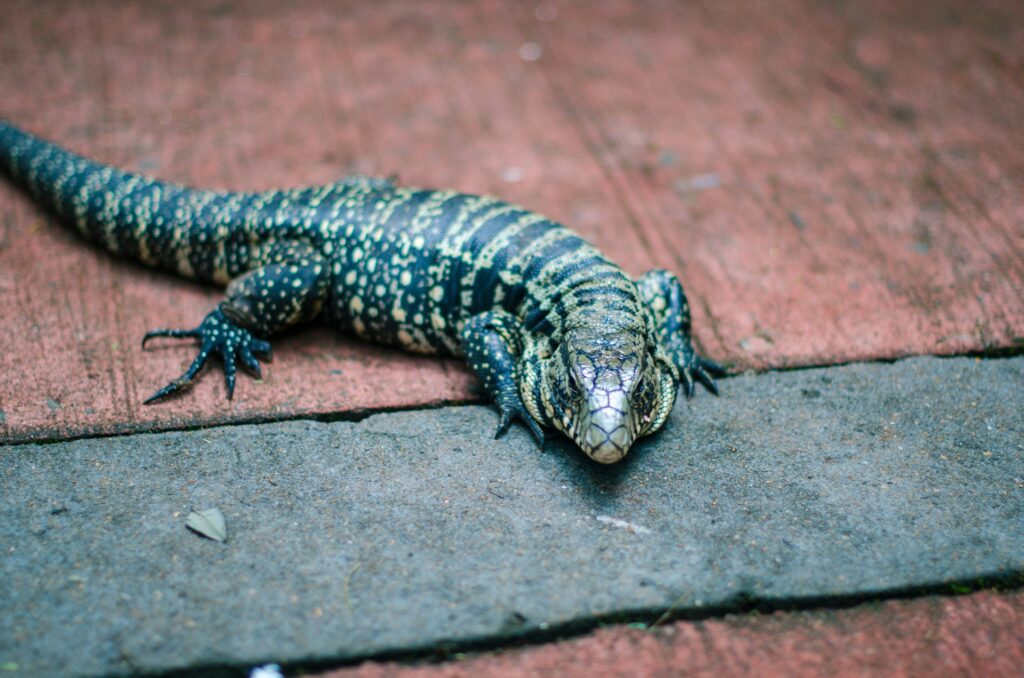
Happy lizards establish regular sleeping patterns and find secure resting spots within their enclosures. Most diurnal species will sleep during nighttime hours, while nocturnal species rest during the day.
Your lizard should appear relaxed while sleeping, often in a favorite spot they return to regularly, such as a particular branch, hide, or basking area.
Some species, like crested geckos or green anoles, may sleep in elevated positions, while others prefer ground-level hides. During sleep, your lizard should be undisturbed by normal household activities, indicating they feel secure in their environment.
Irregular sleeping patterns, excessive sleep during normal active hours, or constantly changing sleep locations might indicate stress or discomfort with the enclosure conditions.
Natural Defensive Postures Only When Needed
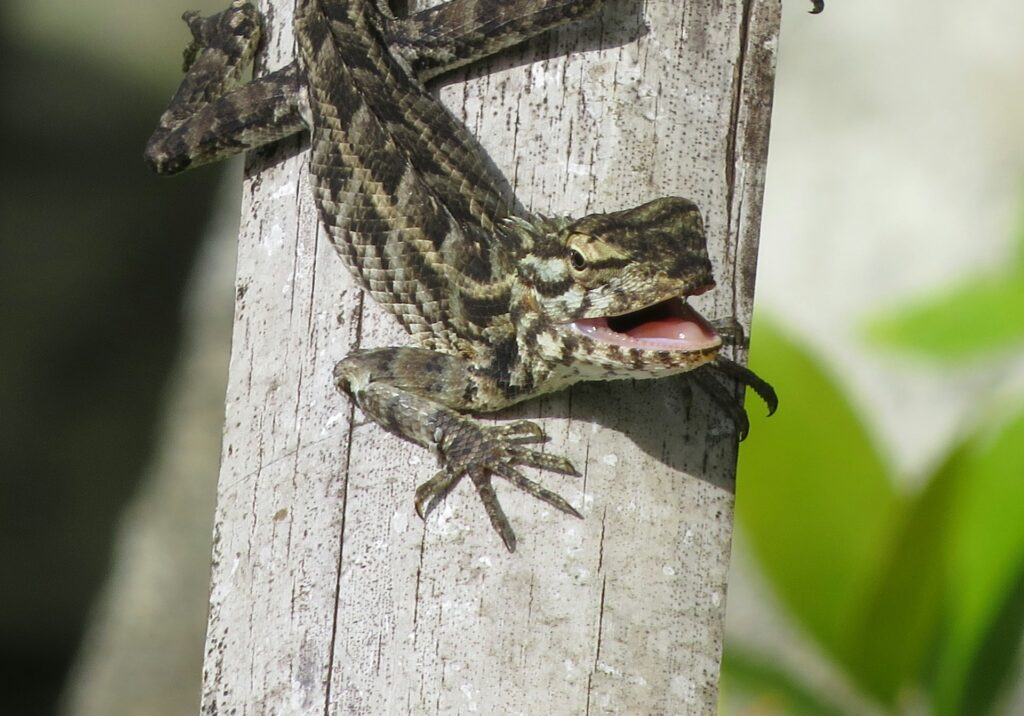
All lizards have evolved natural defensive mechanisms, but a content lizard will only display these behaviors when genuinely threatened, not as a regular response to routine activities.
Defensive behaviors vary greatly between species but might include puffing up the body, opening the mouth in a threat display, tail whipping, or changing color.
In a comfortable environment with appropriate handling, your lizard should rarely need to display these stress responses.
If your pet regularly shows defensive behaviors during feeding, enclosure maintenance, or gentle handling attempts, it might indicate they’re feeling chronically stressed or insecure.
With proper care and respect for your lizard’s boundaries, these defensive displays should become increasingly rare as they learn to trust their environment and caretakers.
Species-Specific Behaviors

Every lizard species has unique behaviors that indicate contentment and well-being specific to their evolutionary history.
For example, bearded dragons might display a slow arm wave as a submissive but comfortable social signal, while crested geckos make small chirping sounds when content.
Chameleons may show vibrant, relaxed color patterns, and leopard geckos often wag their tails slightly before pouncing on food when they’re feeling confident and healthy.
Research your particular species to understand what natural behaviors indicate positive well-being for them specifically.
These species-specific behaviors often provide the clearest window into your lizard’s emotional state and level of comfort in their environment.
When you observe these natural behaviors occurring regularly, it’s one of the strongest indications that your husbandry is meeting their needs successfully.
A happy lizard is truly a joy to observe and care for. By paying attention to the signs outlined in this article—from active behavior and healthy appetite to proper shedding and species-specific behaviors—you’ll develop a deeper understanding of your reptilian companion’s needs and emotional state.
Remember that subtle changes in behavior often provide early warning signs of potential problems, allowing you to address issues before they become serious health concerns.
Every lizard has its own personality and preferences, so getting to know your individual pet’s normal patterns is perhaps the most valuable tool in assessing their happiness.
With proper care, environment, and attention to these indicators, you can ensure your scaly friend lives a content, healthy, and enriched life in your home.

